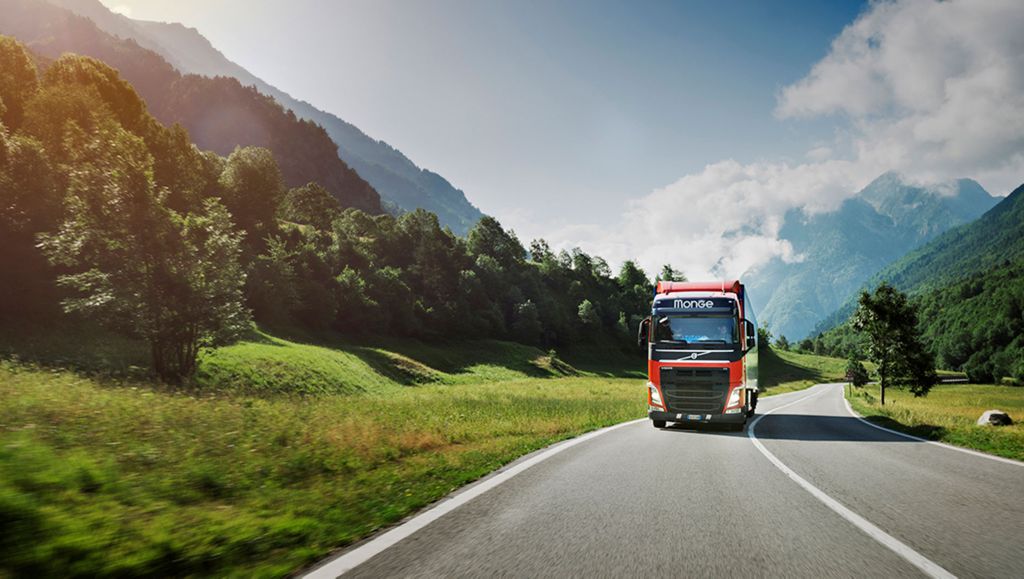Is LNG right for your business?


First of all, new engine technology has raised the performance of LNG vehicles. The Volvo FH LNG introduced in 2017, for example, offers the same performance and operating range as diesel. It comes with a 420 or 460 horsepower engine that delivers performance and productivity on par with a regular Volvo FH with the same power rating.
In the past, LNG costs were kept high due the high cost of building expensive liquefaction facilities. But now, an oversupply of LNG globally, alongside LNG-friendly policies has driven down LNG prices to historic lows across Europe. Both the International Energy Agency and the European Commission have stated that they expect the price pressure to continue in the coming years. And many of our customers report a sharp drop in fuel costs after the switch.
Meanwhile, the EU has put its weight behind LNG, as a path to lower CO2 emission and better energy security. This has helped improve fuelling infrastructure – another key factor for the growth of LNG vehicles. There’s an ambition to expand the number of LNG stations tenfold from about 200 currently to 2000 across the EU28. In one major policy programme, the EU supported establishing an LNG Blue Corridor along major infrastructure routes across Europe. A list of current fuelling stations along the route can be found here, with dozens more under construction, or in design and planning.
National and local governments are also supporting LNG transport in other ways. The decision of the German government to exempt LNG-operated trucks from the road toll as of January 1st 2019 is just one such measure.
Then there is the environmental footprint. While electric trucks are more suitable for urban and regional fleets, LNG is already a true substitute for diesel in regional and long-haul. The Volvo FH LNG, for example, emits 20% less CO2 than a regular Volvo FH. When fuelled with bio-LNG, CO2 emissions can be reduced by 100%. While still less prevalent than LNG and costly to produce, bio-LNG is proving to be an increasingly interesting solution given its many advantages which include lower less CO2 and NOx as well as significantly less pm (particulate matter) emission. Then there is also the fact that the raw material for bio-LNG, waste or agricultural biomass, is plentiful and can be produced locally saving transport costs and carbon emissions.
It’s perhaps little wonder that more and more transport operators are looking at LNG as an alternative. In fact, companies like Italian pet food producer Monge & Co. have already made the switch with better than expected results.
Are you interested in sustainability and want to know more about how an alternative driveline like LNG can help you cut costs and make your business more environmentally friendly? Then download the case study on Monge & Co. by clicking the link below.

Lars Mårtensson works as Environment and Innovation Director at Volvo Trucks.